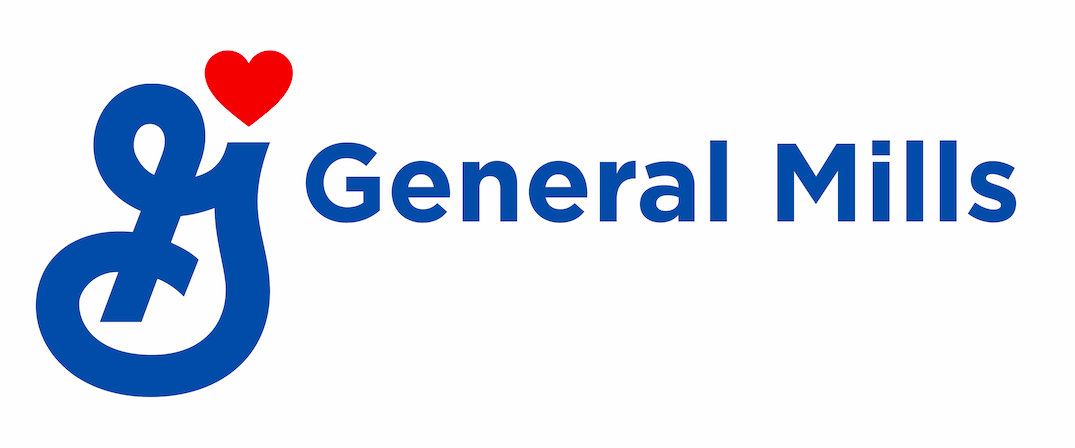Growing Better Bee Habitats
General Mills investing in pollinator habitats, research
General Mills’ work to help honey bees is growing, thanks to $50,000 in grants from The General Mills Foundation to Conservation Marketplace of Minnesota.
Conservation Marketplace of Minnesota has identified and awarded grants to 10 farms to establish bee-friendly habitats in rural areas of Minnesota. The grants are essentially “seed money” to establish prairie plantings that will attract native pollinators.
This fall, all of the participants are busy preparing the sites for planting. Next spring 20 acres of wildflowers and grasses will be planted to provide native pollinators adequate sources of food, shelter, water and nesting sites.
The goal of the program is to increase and sustain the population of bees to a level that will enable continued, consistent pollination across many diverse food crops. In recent years, the honey bee population has dwindled, affected by Colony Collapse Disorder.
According to Carrie Raber, urban conservationist for Stearns County Soil and Water Conservation District and a member of Conservation Marketplace of Minnesota, the project also has ecological uplift.
“Not only does this practice provide the necessary forage for pollinators, it is sequestering carbon, providing cleaner ground and surface water, keeping the soil from eroding and providing habitat for other animals, such as pheasant,” Raber says. “This is a small step toward putting an economic value on nature’s benefits, which is critical for advancing conservation adoption.”
The future of our business, not to mention the entire food industry, depends on a healthy and abundant bee population.
Honey is a key ingredient that gives products like Honey Nut Cheerios or Nature Valley Oats and Honey crunch granola bars that irresistible taste of honey.
Furthermore, bees are essential for agriculture. According to the Xerxes Society, honeybees pollinate more than 100 U.S. agricultural crops annually.
Think about it this way – one in every three bites of food we consume in the U.S. has been pollinated by honey bees.
Their pollination work is critical for produce like our Muir Glen tomatoes, and Green Giant vegetables like broccoli, beans and cauliflower, not to mention fruit that goes into the many varieties of Yoplait yogurt and super premium Haagen Dazs ice cream.
General Mills is working with the University of Minnesota to better understand if bee health will improve through access to high protein pollen. The research program is being led by Dr. Marla Spivak, MacArthur Fellow and Distinguished McKnight Professor in Entomology at the University of Minnesota.
Last fall, General Mills planted two acres of bee-friendly habitat at our agricultural research farm in Le Sueur, Minn. In May, managed bee colonies were brought onto the site.
Throughout the summer, researchers collected pollen from the bees. This winter, the pollen will be analyzed to determine what types of flowers are grasses the bees are foraging.
I recently spoke with Dr. Spivak about the research in this audio clip.
According to Dr. Spivak, one of ways we can help bees is by providing more floral resources to meet their nutritional needs.
The ultimate goal of the research is to figure out which native flowers, if grown in large enough acres, would benefit both native and honey bees.
This would ultimately provide information about new sources of honey for beekeepers.
Editor’s note: Read more about our work with honeybees, here.
Bridget Christenson Bridget Christenson is a corporate public relations manager for General Mills, based in Minneapolis, Minn. She oversees corporate public relations initiatives for sustainability and supply chain. She began her career at General Mills in 2011.



